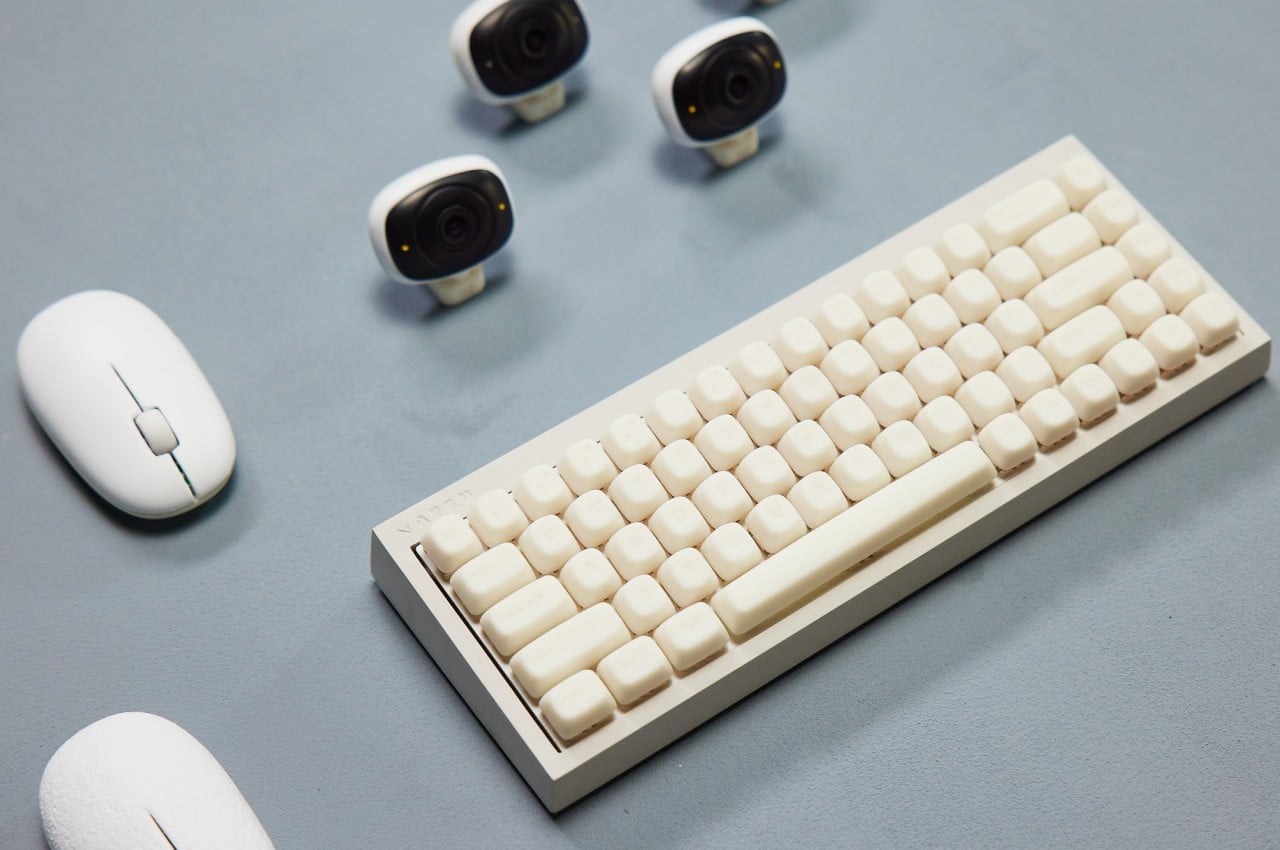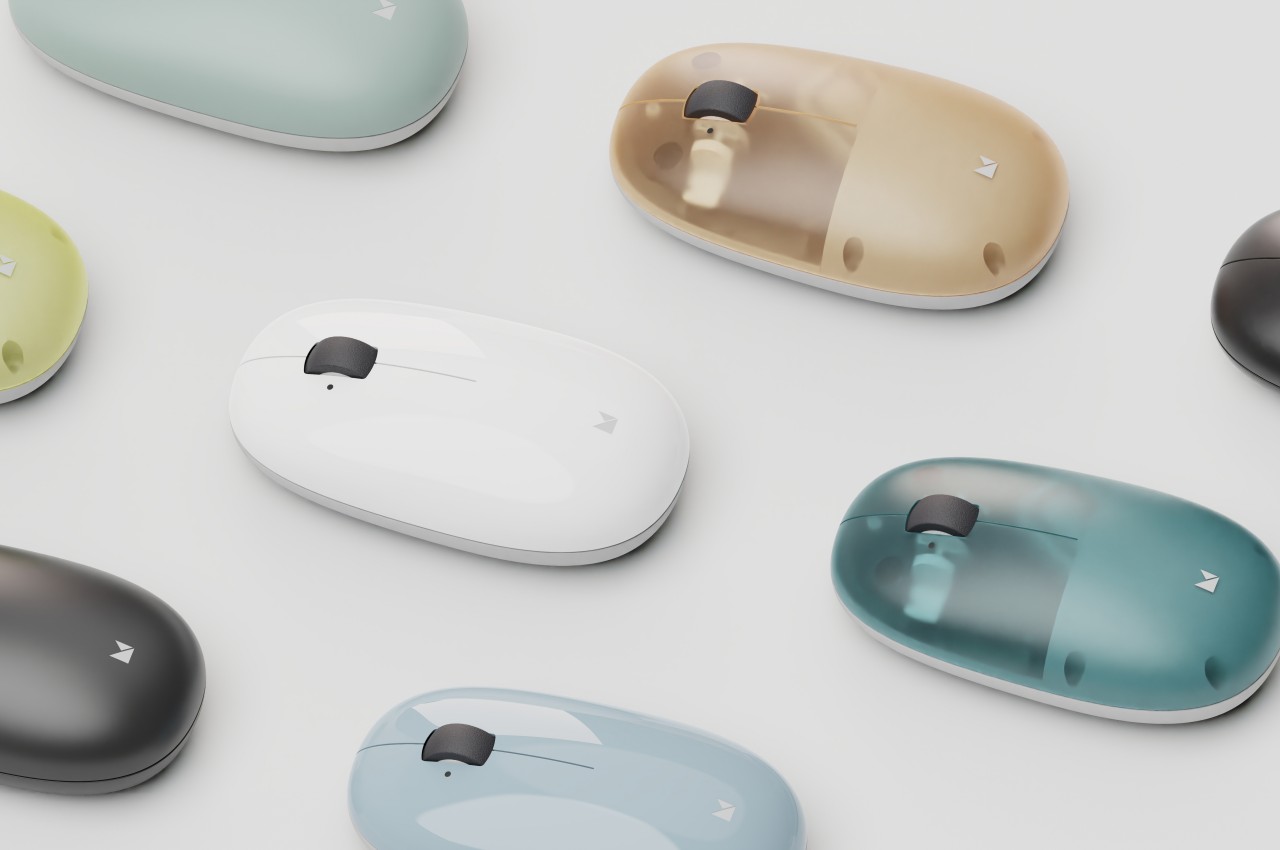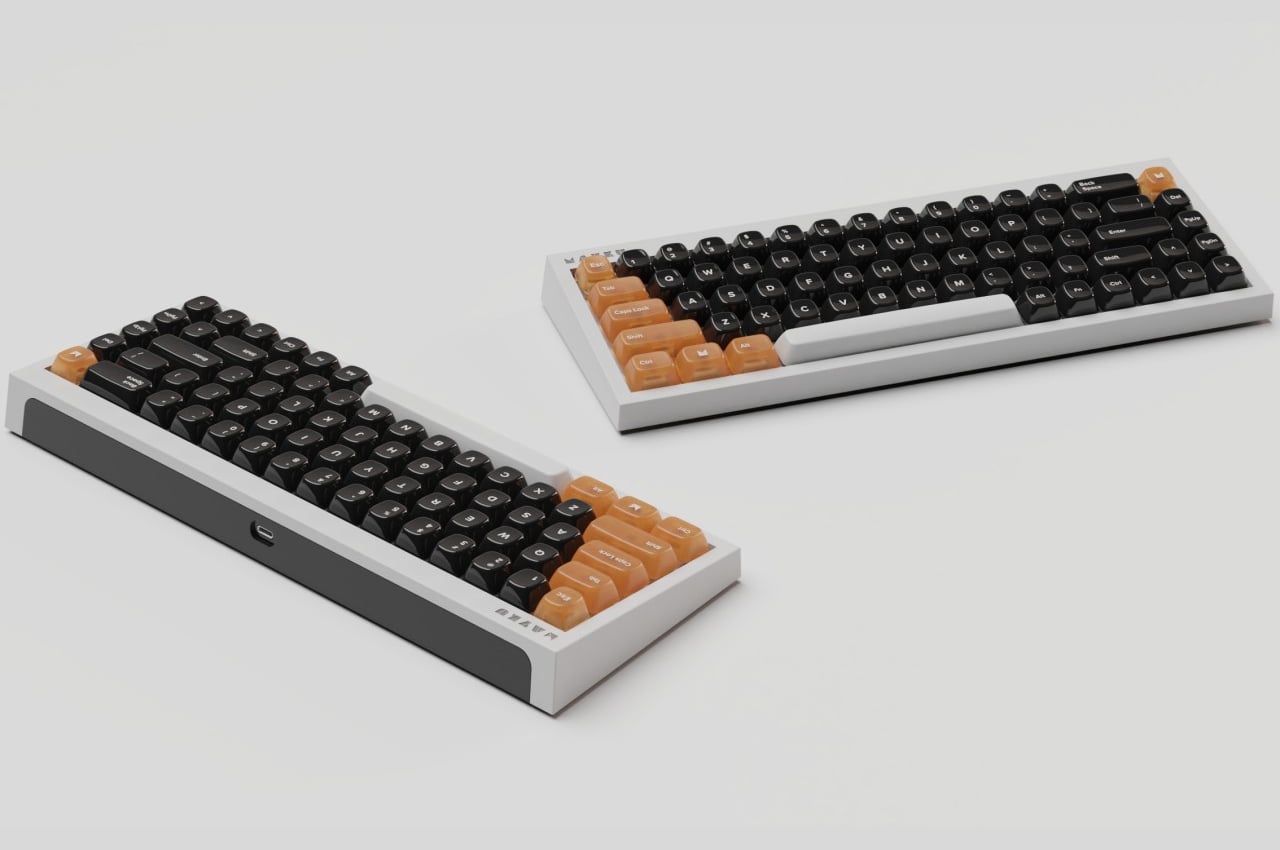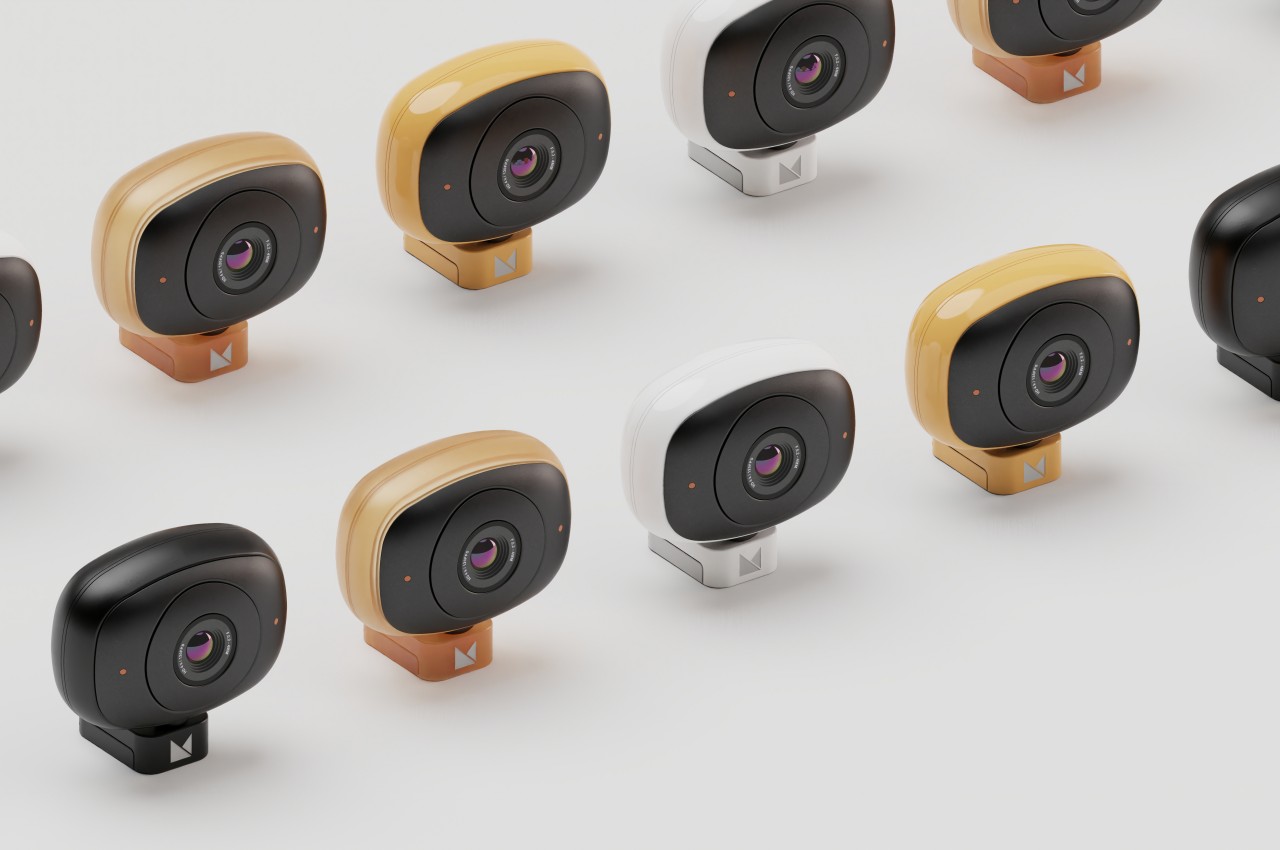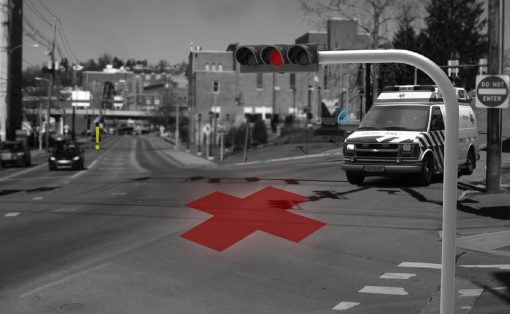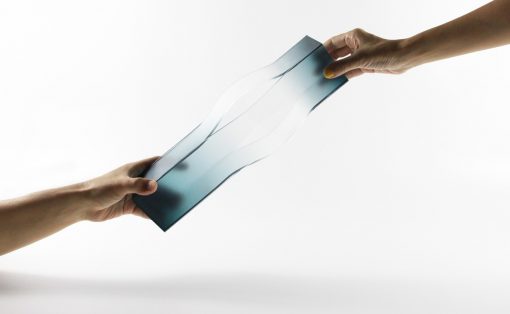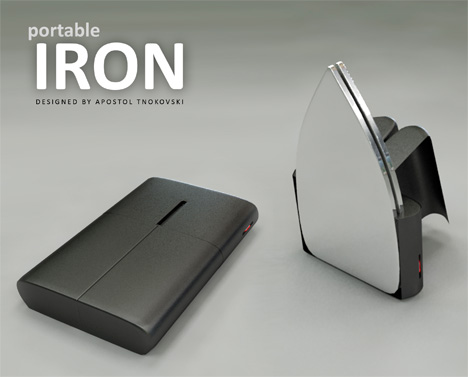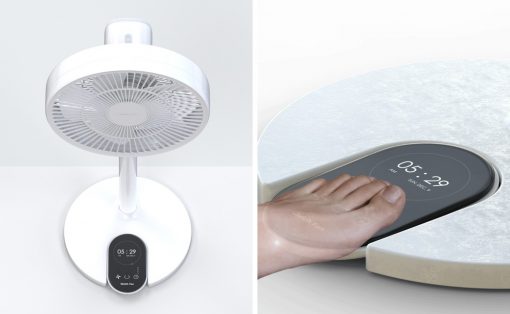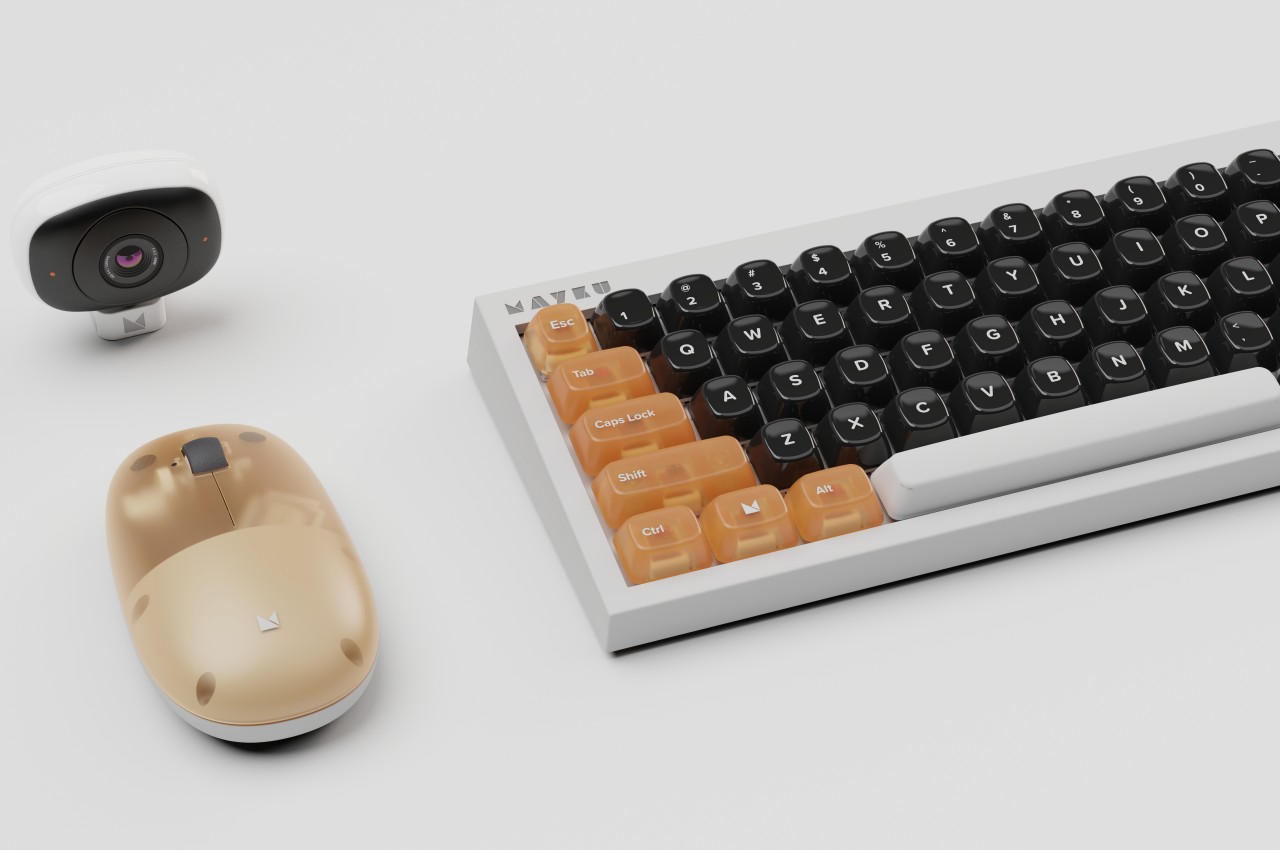
From keyboards to mice to webcams, computer peripherals have existed since the dawn of computers themselves, and most of these were designed for technical function more than anything else. It has only been in the last few decades that ergonomics and comfort have become a core focus for some but not all of these products, and aesthetics have arrived even more recently only. Of course, function, ergonomics, and form aren’t mutually exclusive, but it takes a lot more work to make sure that all three boxes are checked. It requires a lot of back and forth between designers and engineers and definitely a lot of prototyping and waiting time. With the right tool, however, that waiting time could take only minutes, or at most two days, allowing manufacturers to play around with materials and finishes that lead to eye-catching results like this almost literally sweet collection of peripherals for desktops and laptops.
Designer: Beta Design Office
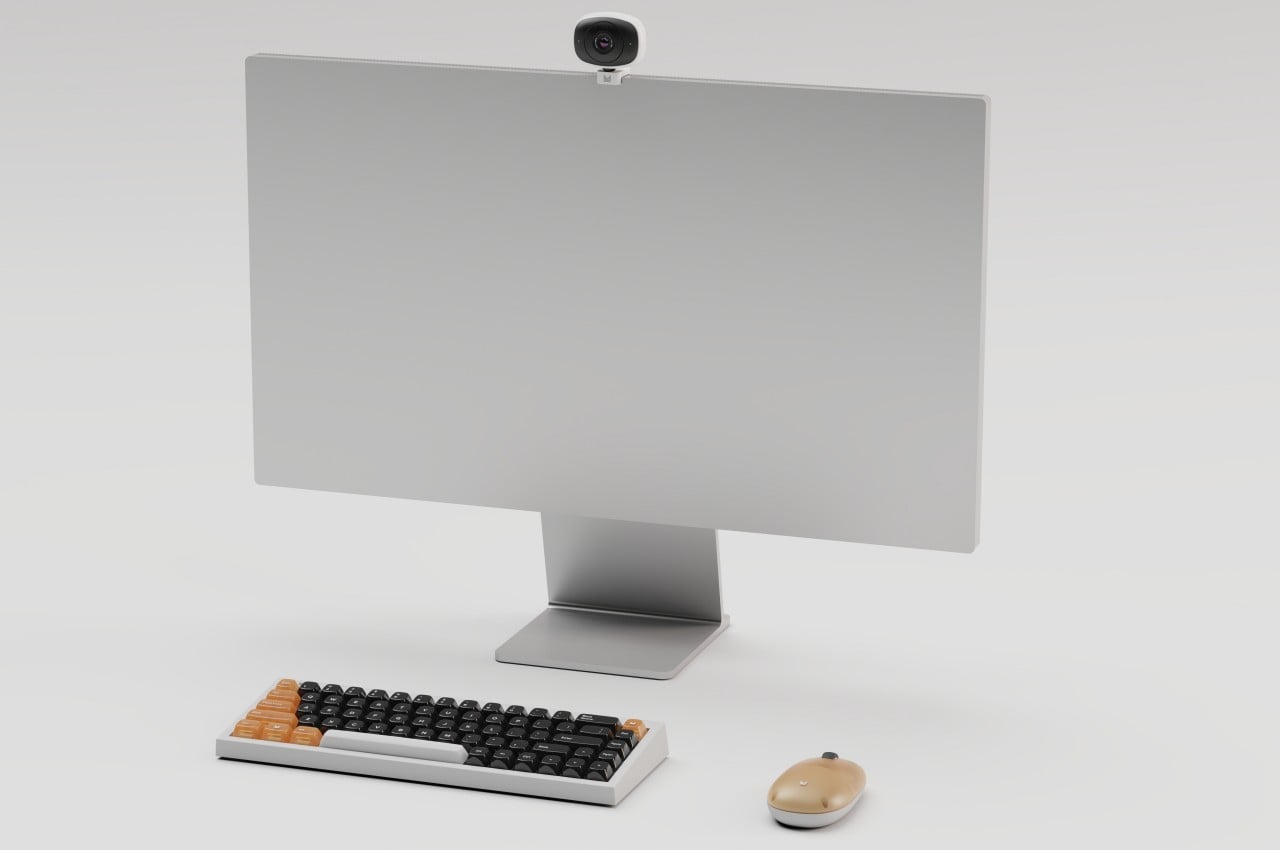
It’s not really that much of a surprise that computer accessories have traditionally been labeled as utilitarian or even geeky products. The most common designs don’t inspire much appreciation because of their, well, common forms, and they aren’t even that comfortable to use for long periods of time. Fortunately, we have come to a point where good ergonomics and good lucks have become more important and also more common, like these prototypes for three of the most common computer accessories that look almost delicious enough to lick.
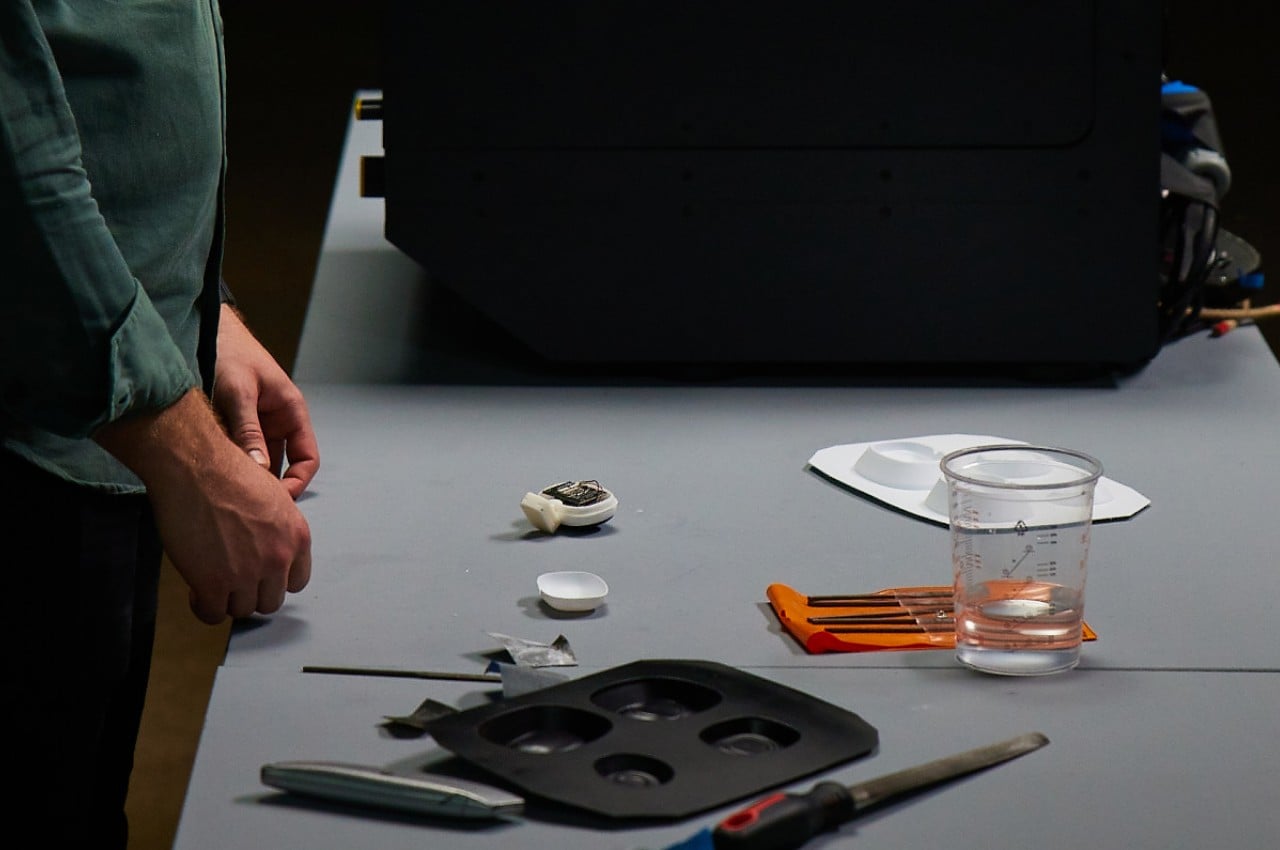
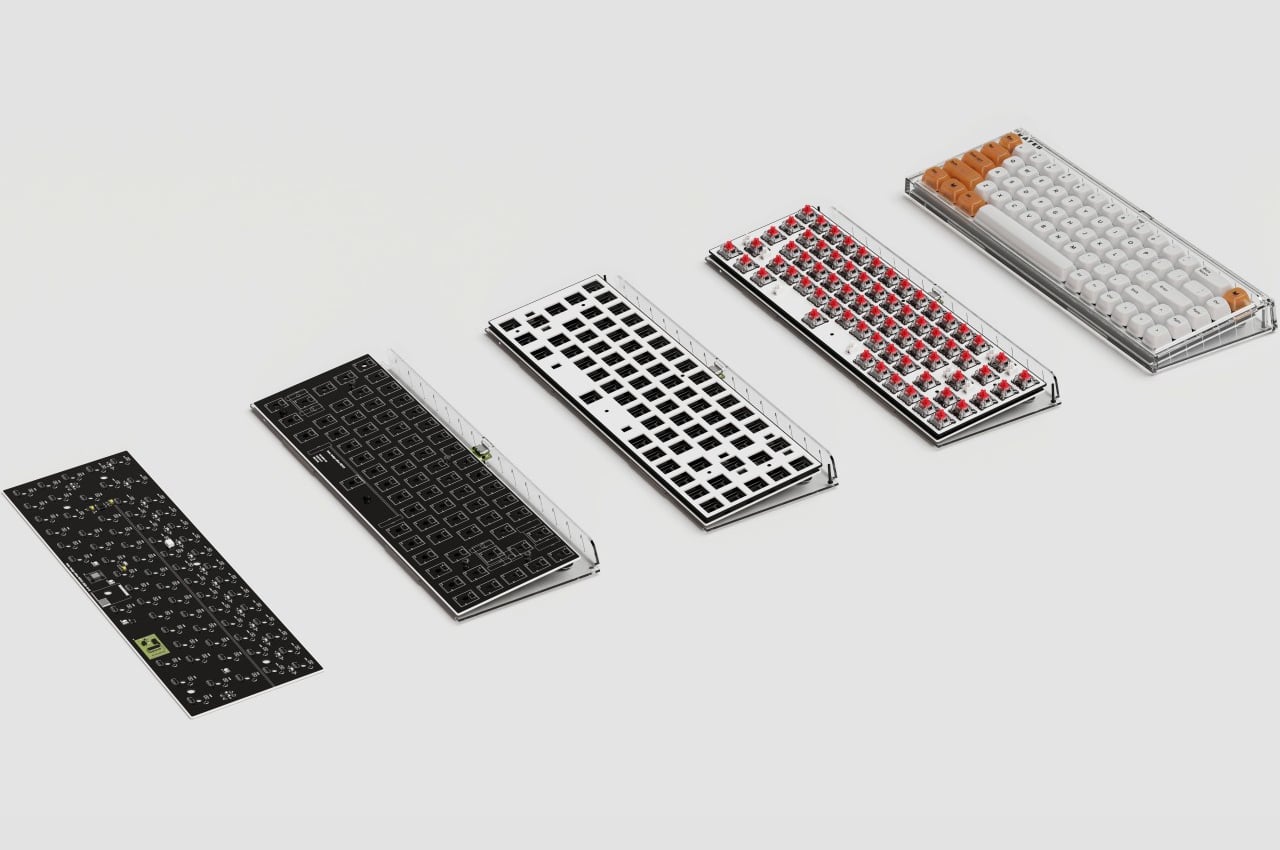
The Mayku Accessories collection comprises a keyboard, a mouse, and a more traditional webcam that attaches to the top of a monitor. While their designs don’t show anything functionally new, it’s their appearance that really catches the eye. Instead of using the usual flat surfaces and sharp corners, these products use “softer,” more curved forms, like the sides and tops of the keycaps, the entire surface of the mouse, or the body of the webcam.
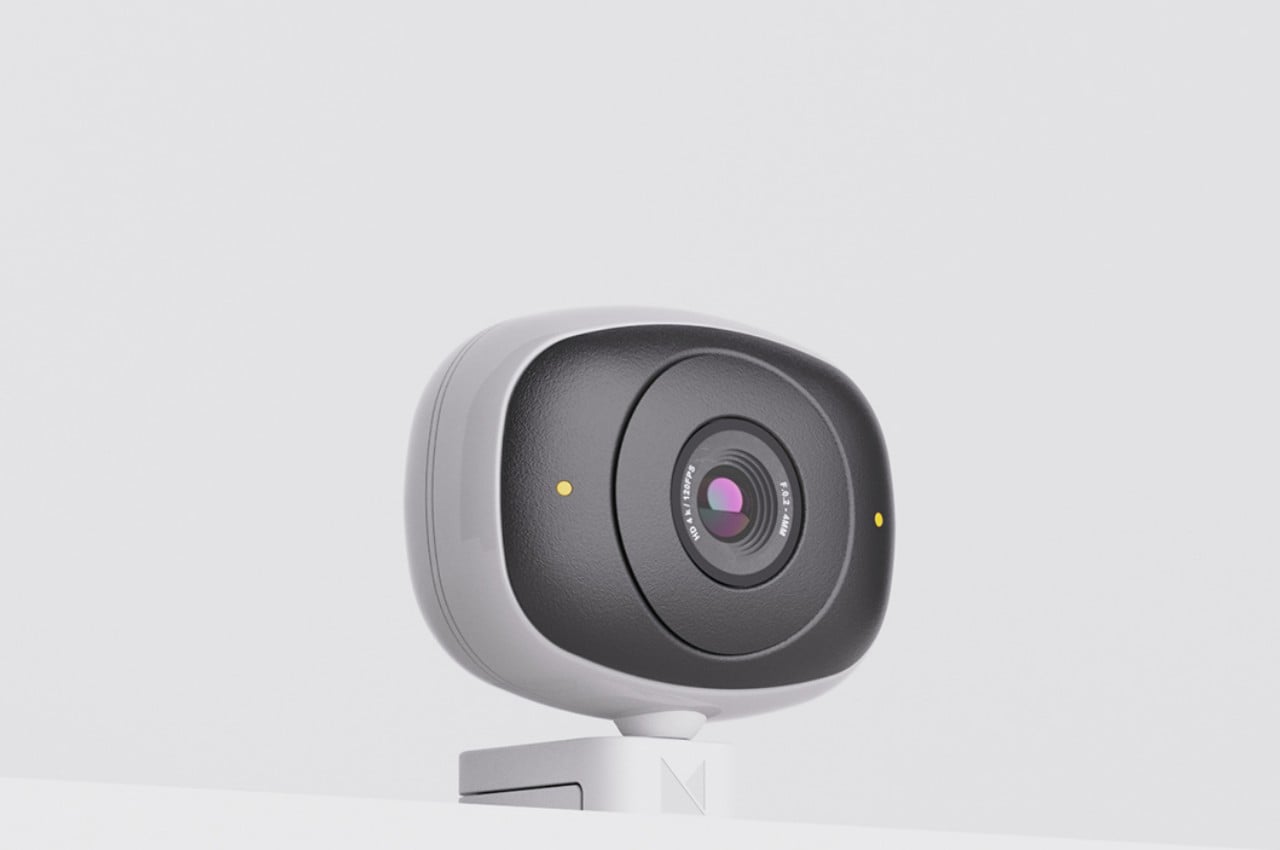
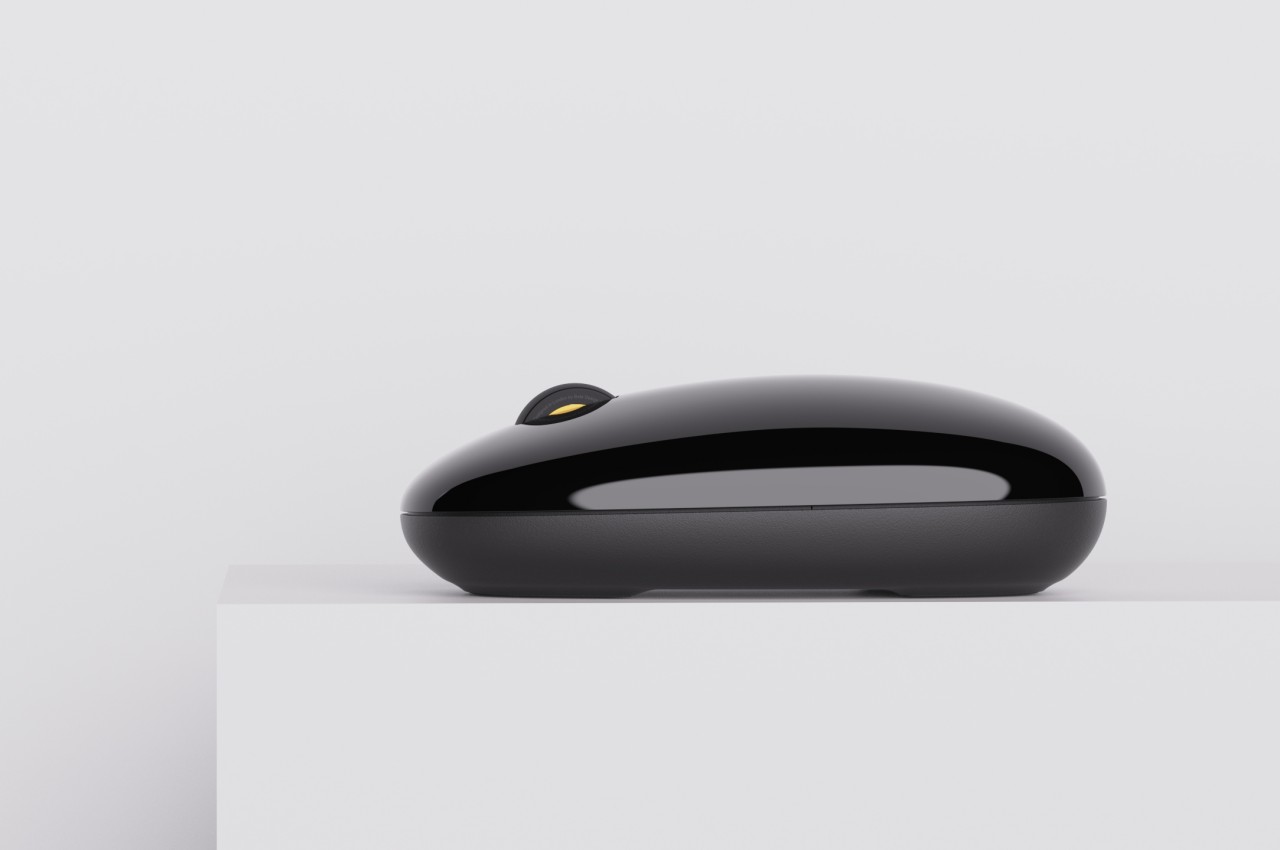
While the designs themselves are already interesting, the story behind their creation is equally so. It is the result of multiple iterations and prototypes that played around with different colors, materials, and finishes, more commonly known as “CMF” in the design world. The end result is a series of shells that use soft colors and sometimes transparent materials, making these usually cold and impersonal devices look like hard candy or even soft marshmallows.
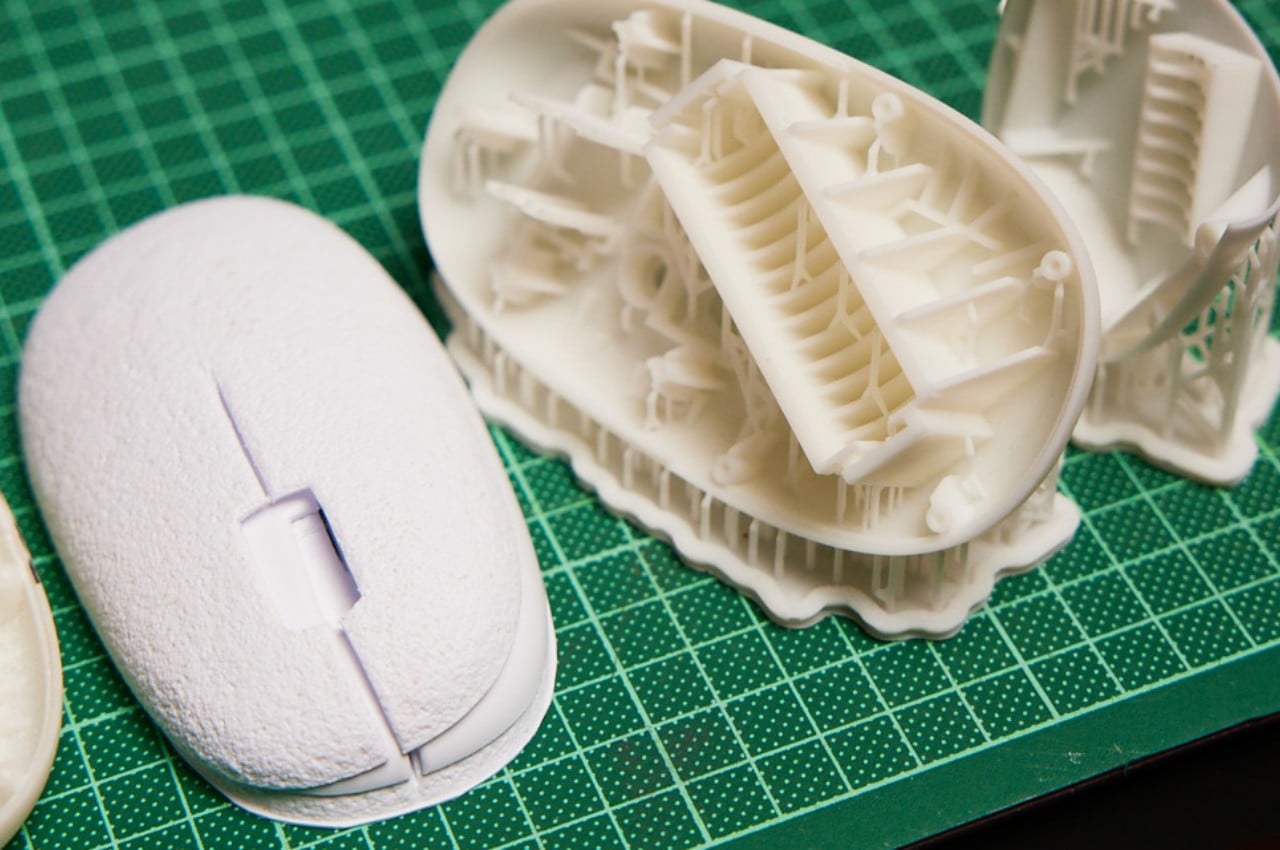
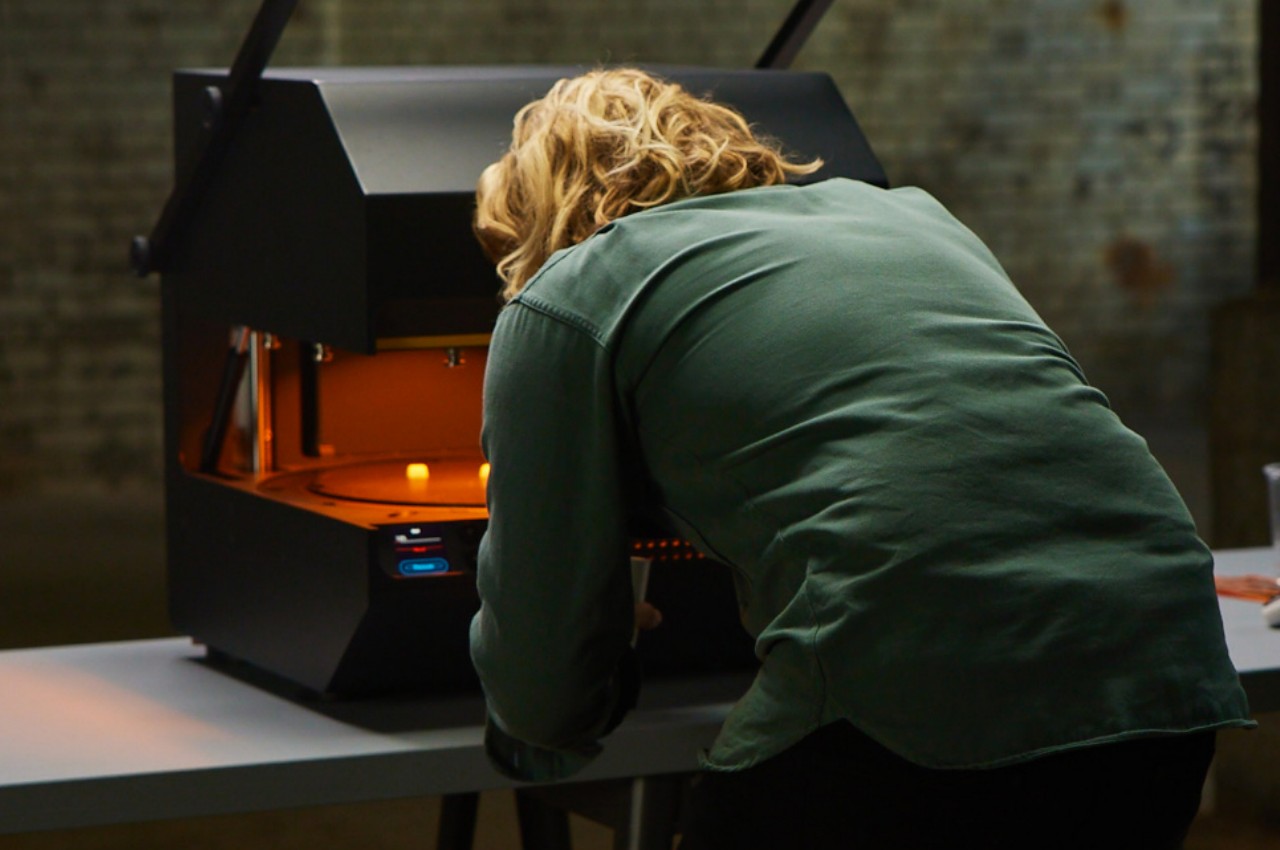
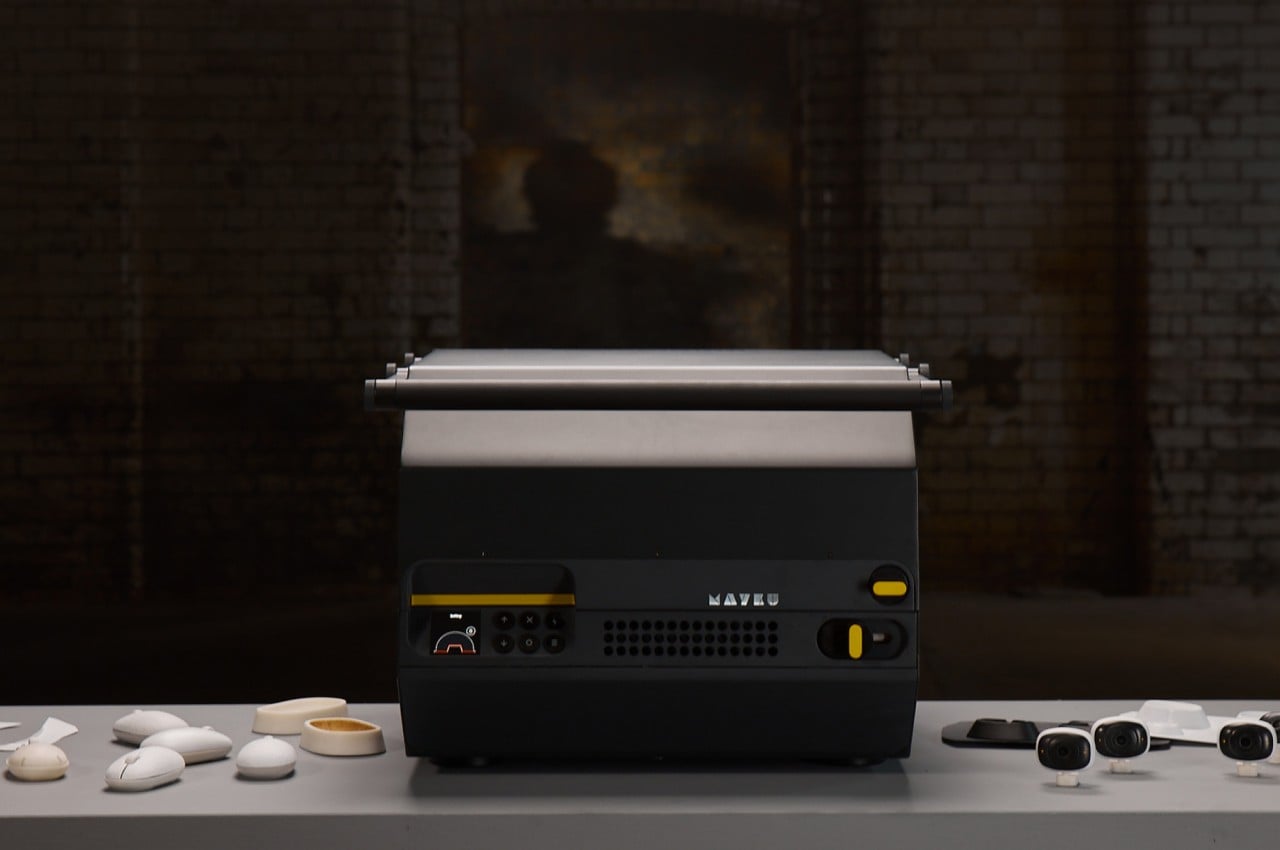
What actually made this possible is a novel machine called the Mayku Multiplier that allows the creation of molds and parts in just minutes rather than hours. This has made it easier to create those prototypes with different CMFs, allowing designers to quickly discuss and change designs in just days instead of weeks. With tools such as this multiplier and 3D printers becoming more accessible, it will be easier and more feasible to create designs that buck trends and appeal to the sensibilities of different people while still maintaining their technical features and ergonomics.
